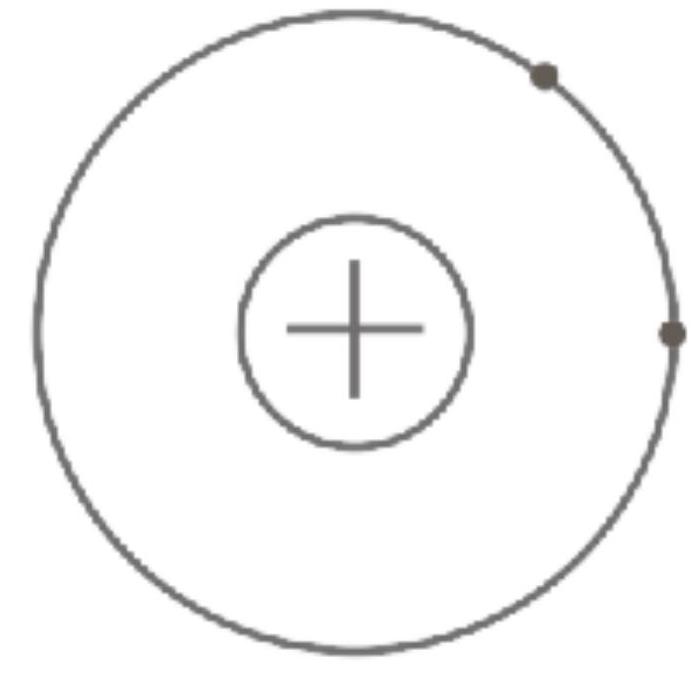142024 Let $v_{1}$ and $v_{2}$ be the maximum velocities of the emitted electrons when the surface of a metal is illuminated with light waves of energy $E_{1}=4$ $\mathrm{eV}$ and $\mathrm{E}_{2}=2.5 \mathrm{eV}$, respectively. If the work function of the metal is $2 \mathrm{eV}$, then the ratio $\frac{v_{1}}{v_{2}}$ is
142024 Let $v_{1}$ and $v_{2}$ be the maximum velocities of the emitted electrons when the surface of a metal is illuminated with light waves of energy $E_{1}=4$ $\mathrm{eV}$ and $\mathrm{E}_{2}=2.5 \mathrm{eV}$, respectively. If the work function of the metal is $2 \mathrm{eV}$, then the ratio $\frac{v_{1}}{v_{2}}$ is
142024 Let $v_{1}$ and $v_{2}$ be the maximum velocities of the emitted electrons when the surface of a metal is illuminated with light waves of energy $E_{1}=4$ $\mathrm{eV}$ and $\mathrm{E}_{2}=2.5 \mathrm{eV}$, respectively. If the work function of the metal is $2 \mathrm{eV}$, then the ratio $\frac{v_{1}}{v_{2}}$ is
142024 Let $v_{1}$ and $v_{2}$ be the maximum velocities of the emitted electrons when the surface of a metal is illuminated with light waves of energy $E_{1}=4$ $\mathrm{eV}$ and $\mathrm{E}_{2}=2.5 \mathrm{eV}$, respectively. If the work function of the metal is $2 \mathrm{eV}$, then the ratio $\frac{v_{1}}{v_{2}}$ is
142024 Let $v_{1}$ and $v_{2}$ be the maximum velocities of the emitted electrons when the surface of a metal is illuminated with light waves of energy $E_{1}=4$ $\mathrm{eV}$ and $\mathrm{E}_{2}=2.5 \mathrm{eV}$, respectively. If the work function of the metal is $2 \mathrm{eV}$, then the ratio $\frac{v_{1}}{v_{2}}$ is

